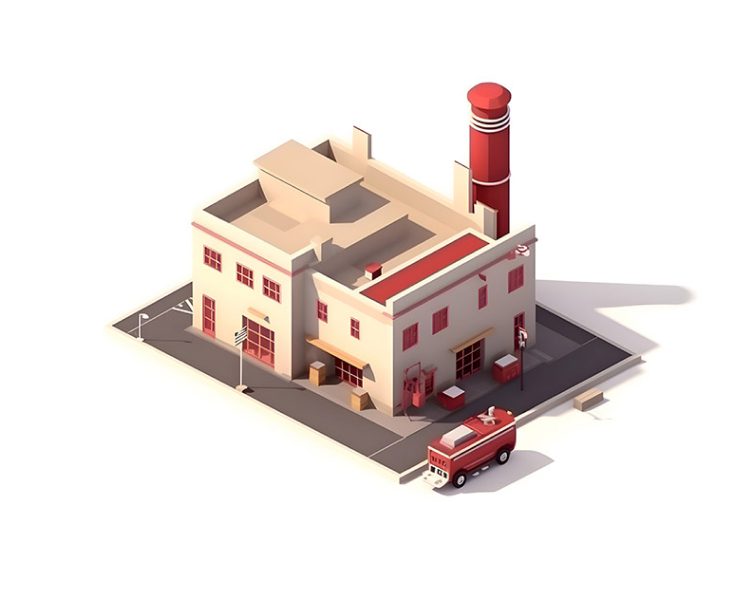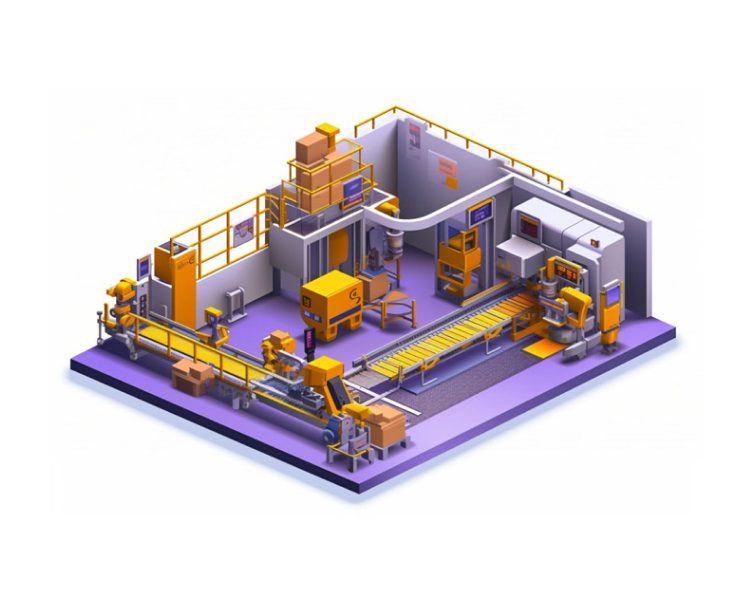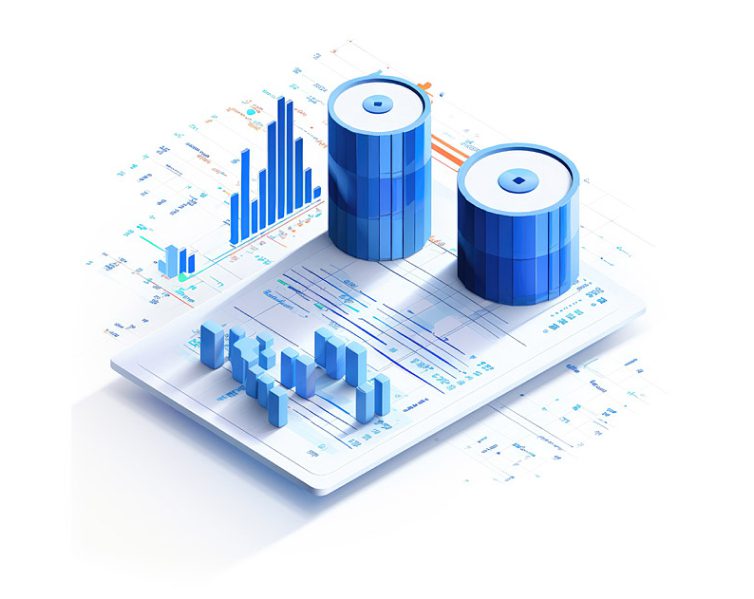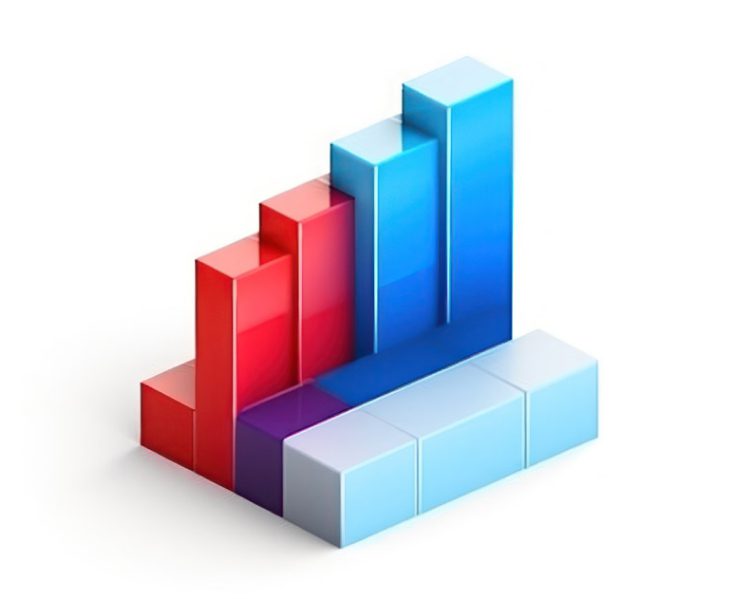
Industry overview
Resource scarcity, environmental impact, and changing consumer expectations call for innovative business models and platforms in support of a circular economy. Due to its early position in the value chain, sandwiched between energy and feedstock players and consumer industries, chemical companies are predestined to play a pivotal role in the transformation of the entire ecosystem.
In addition, the need for sustainable, reliable, innovative, and trusted products and services requires chemical companies to ensure safety and integrity along the entire value chain and lifecycle of products. Making Industry 4.0 a reality, intelligent technologies will support bridging data across the organization, from operational performance data to experience data, and help companies make sound business decisions to make sustainability profitable and profitability sustainable.
Of the chemical industry executives surveyed plan to increase their digital spend
Of chemical companies are rethinking how humans and machines work together.
How we can help
Thorough discovery and analysis phase to understand your specific business needs and challenges. Utilize technology as the base for application integration, extension, and access to a robust ecosystem, including AI solutions.
Leverage industry-leading business applications across both front-end and back-end systems.
Combine all elements to support customer-specific, end-to-end industry processes essential for digital transformation and operating as an intelligent and sustainable enterprise.






